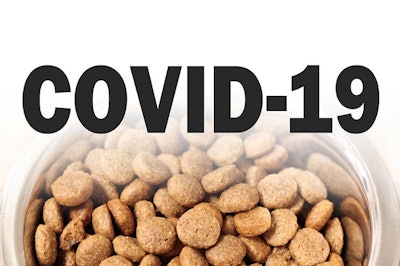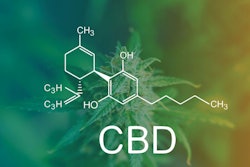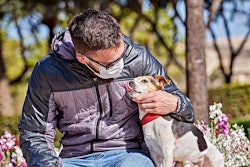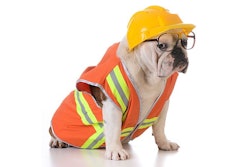
Before the pandemic, many pet food production facilities implemented practices to reduce pathogen transmission from people to animal food, especially as the Food Safety Modernization Act came into effect. Federal scrutiny of Salmonella and similar microbes in pet food facilities unintentionally may have helped dog, cat and other pet food makers in the pandemic. Although COVID-19 has largely halted unannounced federal inspections, the stakes of biosecurity grew as human-to-human contagion eclipsed recalls as a primary threat to pet food facility operations.
“Pet food manufacturers have utilized good sanitation practices for many years to manage food safety concerns like pathogenic bacteria or other microbiological hazards,” Dana Brooks, president and CEO of the Pet Food Institute said. “These practices provide the groundwork for extreme situations like the COVID pandemic.”
“Good sanitation practices include procedures for employees to follow such as: hand washing, foot traffic flow, general hygiene and sanitation standard operating practices, employee uniform policies and PPE, environmental monitoring and testing,” she said. “There may be increased frequency of these procedures like hand washing or equipment sanitation, however the same types of practices utilized every day inside the manufacturing environment are being employed during the COVID crisis to allow pet food manufacturers to keep their employees healthy and continue to produce safe and balanced pet food.”
Social distancing "built in" to pet food production
The measures used in pet food and animal feed facilities were for food safety, but ended up helping slow human disease transmission, Leah Wilkinson, vice president of public policy and education for the American Feed Industry Association said. From visitor logs and other restrictions, pet food plants increasingly operate more like human food facilities.
“Our facilities are fortunate in that we’ve got social distancing built in,” she said.
Beyond the production line, Wilkinson said pet food facilities reduced contagion by building on their existing knowledge of ingredient suppliers and established relationships with them. Pet food plant receiving department already had approved protocols that their industry partners know about and agree to. So, as the pandemic struck, there were fewer questions about if a driver should get out during cleaning, for example, or other procedures.
“All those things can potentially reduce human transmissions,” she said. “Cleaning procedure have been ramped up, but they were already part of daily operation.”














